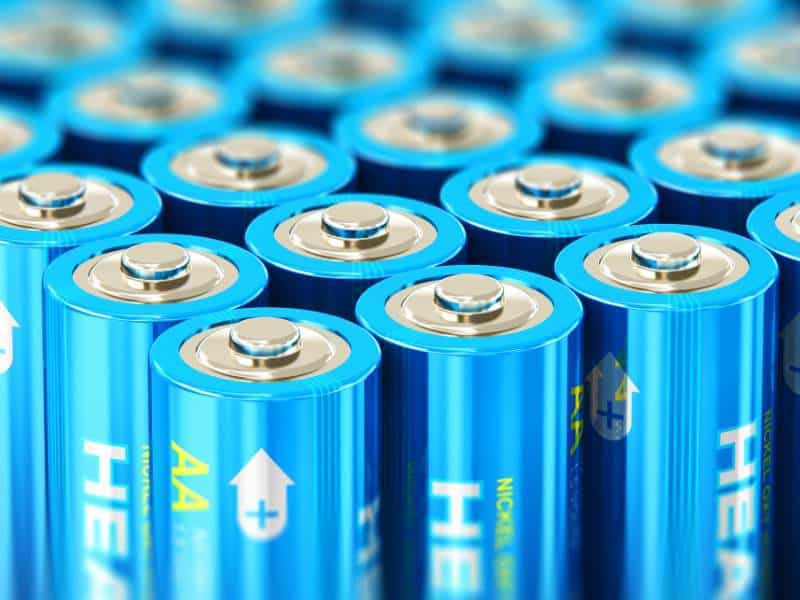
Battery Metals include metals such as lithium, cobalt, nickel, manganese, copper, and aluminum, which are used to produce rechargeable batteries for various applications such as electric vehicles, off-grid battery storage, and other applications. The trend of green energy transition is leading to a surge in demand for EVs and battery storage systems, major factors driving the battery metals market growth.
The demand for batteries is increasing as they are crucial to the mechanical components in the manufacturing sectors. Batteries are required for electric mobility, eliminating the need for fossil fuels and decarbonizing transportation. Lithium, cobalt, nickel, and manganese are used in batteries to improve their performance and increase energy density. According to IEA, an electric vehicle requires 8.9 kg of lithium, 39.9 kg of nickel, 24.5 kg of manganese, and 13.3 kg of cobalt for production. Besides, the energy transition also leads to the growing integration of renewable sources in the power grids. The adoption of renewable energy sources, such as solar and wind power, into the grid has created a need for energy storage solutions. Battery metals are crucial for storing excess energy generated by renewables during peak production periods.
The rising adoption of EVs is another prominent factor bolstering market growth. The Paris Agreement, signed by 196 members, mandates the member countries to take appropriate measures to limit global warming below 2°C. As road transportation are the major contributor to CO2 emissions, the adoption of EVs as an alternative to conventional ICE vehicle is on the rise. Various regions across the globe are promoting the adoption of EVs through regulations such as the European Union’s standards for vehicle manufacturers or subsidies such as the U.S. Federal Tax Credit on the purchase of EVs. These factors contribute to increased EV sales, leading to increased demand for battery metals.
